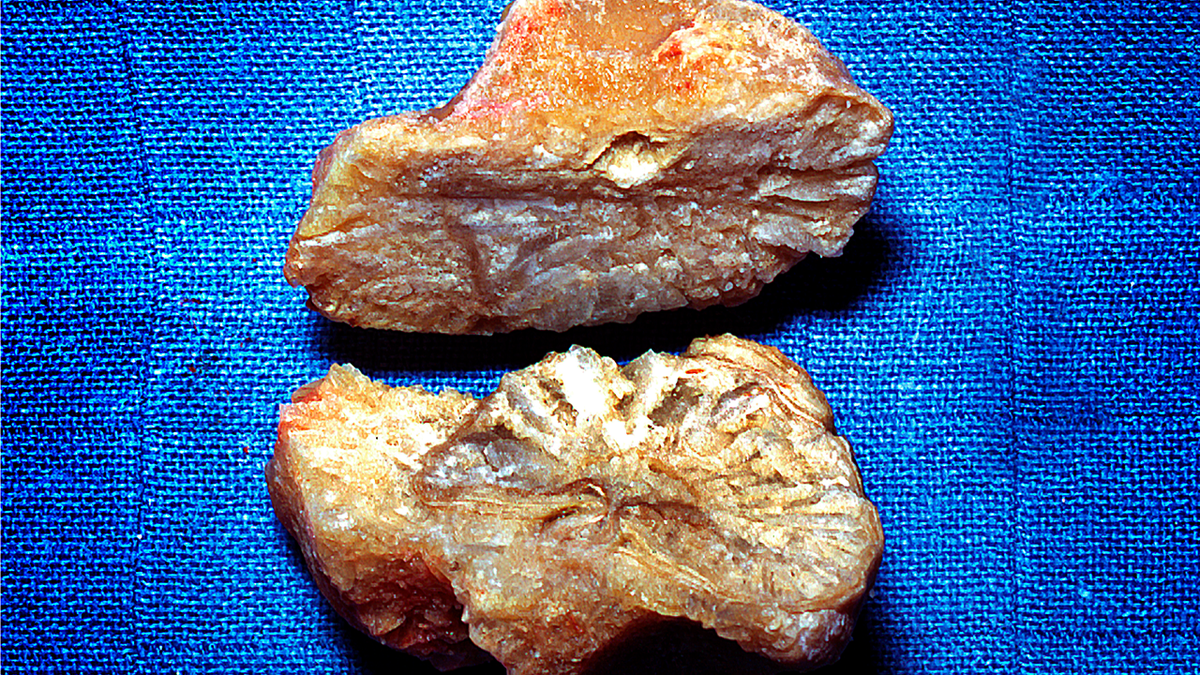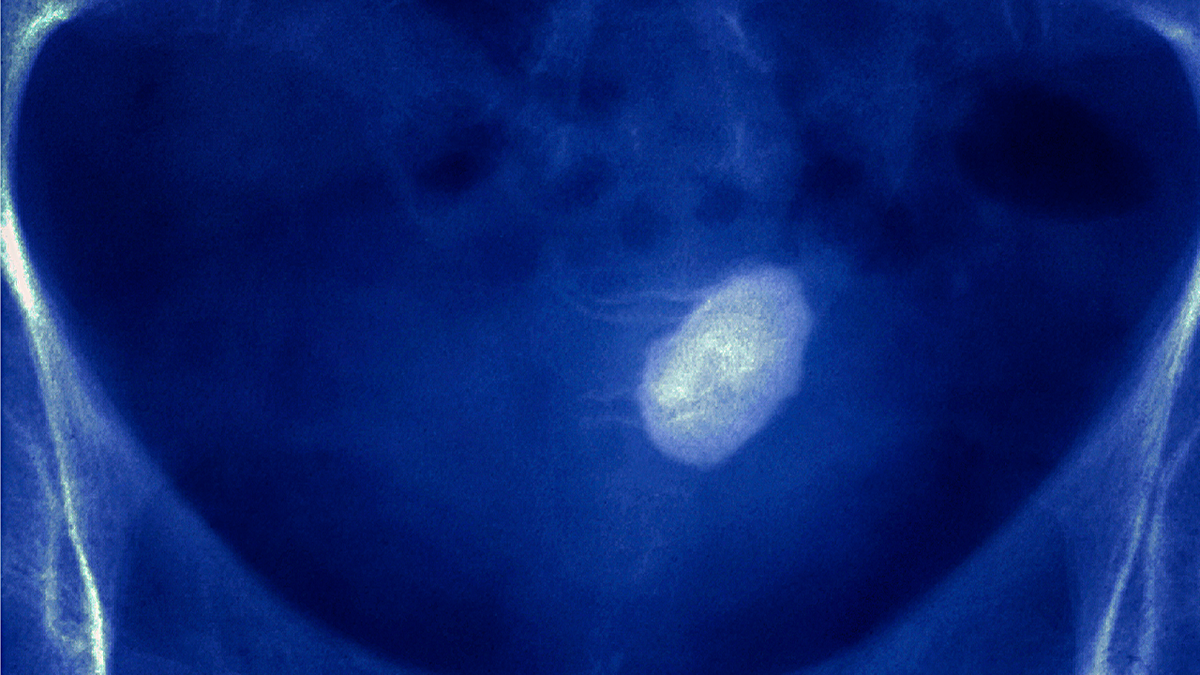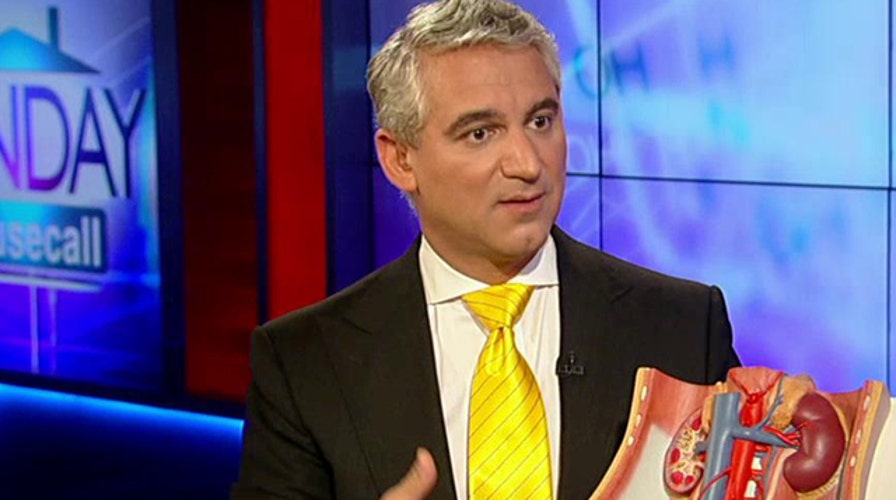Experts are speculating that climate change and other factors are driving the increase in kidney stone cases among children and teens.
Experts told NBC News that just three decades ago, kidney stones were largely a disease that affected middle-aged White men, but they now increasingly affect children and teens, especially in the summer.
The number of annual kidney stone cases increased by 16% from 1997 to 2012, according to a Clinical Journal of the American Society of Nephrology, with 15- to 19-year-olds seeing the greatest increase in cases. Kidney stone incidents were 52% higher among females within this age bracket while males become more susceptible to the disease at age 25, according to NBC News.
Kidney stones among children doubled from 1997 to 2012, according to the study, while Black children and adults suffered kidney stones at a higher rate than their White peers.
KIDNEY STONES: SYMPTOMS AND TREATMENT

EMS medics check on young patient.
Kidney stones occur when urine becomes too concentrated and minerals such as calcium and uric acid salts in urine crystalize.
ACTUAL KIDNEY STONE SOLUTION: RIDE A ROLLER COASTER
Dehydration can contribute to the formation of stones, which can get lodged in a person's urinary tract and cause pain.

This image shows a uric acid stone (3 cm long). (BSIP/Universal Images Group via Getty Images)
Doctors have not determined exactly what is driving this increase among youths but speculated that climate change, a diet of ultraprocessed foods and the increased use of antibiotics among children are causing dehydration, according to NBC News.
"My research group has focused on the relationship between temperature and kidney stone presentations for a decade," Dr. Gregory Tasian, a pediatric urologist at Children’s Hospital of Philadelphia, told Fox News Digital when asked about climate change and kidney stones.
"The summary is that hot days increase the frequency of kidney stone events, presentations," he continued. "The risk of these events is higher among males than females and better predicted by moist heat metrics such as heat index or wet bulb temperatures than the commonly used dry heat."
"While it is unlikely that climate change has been a significant contributor to the increase in kidney stones among children and adults over the last 20 years, it is likely that climate change will increase the number of people affected by stones in the future," Tasian said.
Kidney stones in adults are typically linked to conditions such as obesity, hypertension and diabetes, but that's not the case with children, Tasian told NBC News.
COUPLE SHOCKED BY SURPRISE BABY AFTER GOING TO HOSPITAL FOR 'KIDNEY STONES'
"In children, we’re not seeing that," Tasian told the outlet. "They’re otherwise healthy and simply come in with their first kidney stone for unclear reasons."

A very large uric acid stone in the bladder is shown on a frontal abdominopelvic X-ray. (Universal Images Group via Getty Images)
Doctors report that summer is the worst season for kidney stones in children and that hospitals across the country have opened "stone clinics" to help keep up with the increase of cases among kids.
CLICK HERE TO GET THE FOX NEWS APP
"Clearly something has changed in our environment that is causing this rapid shift," Tasian said.


